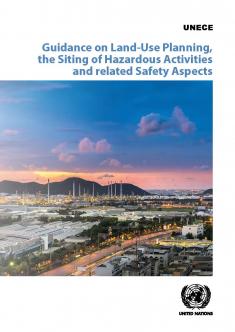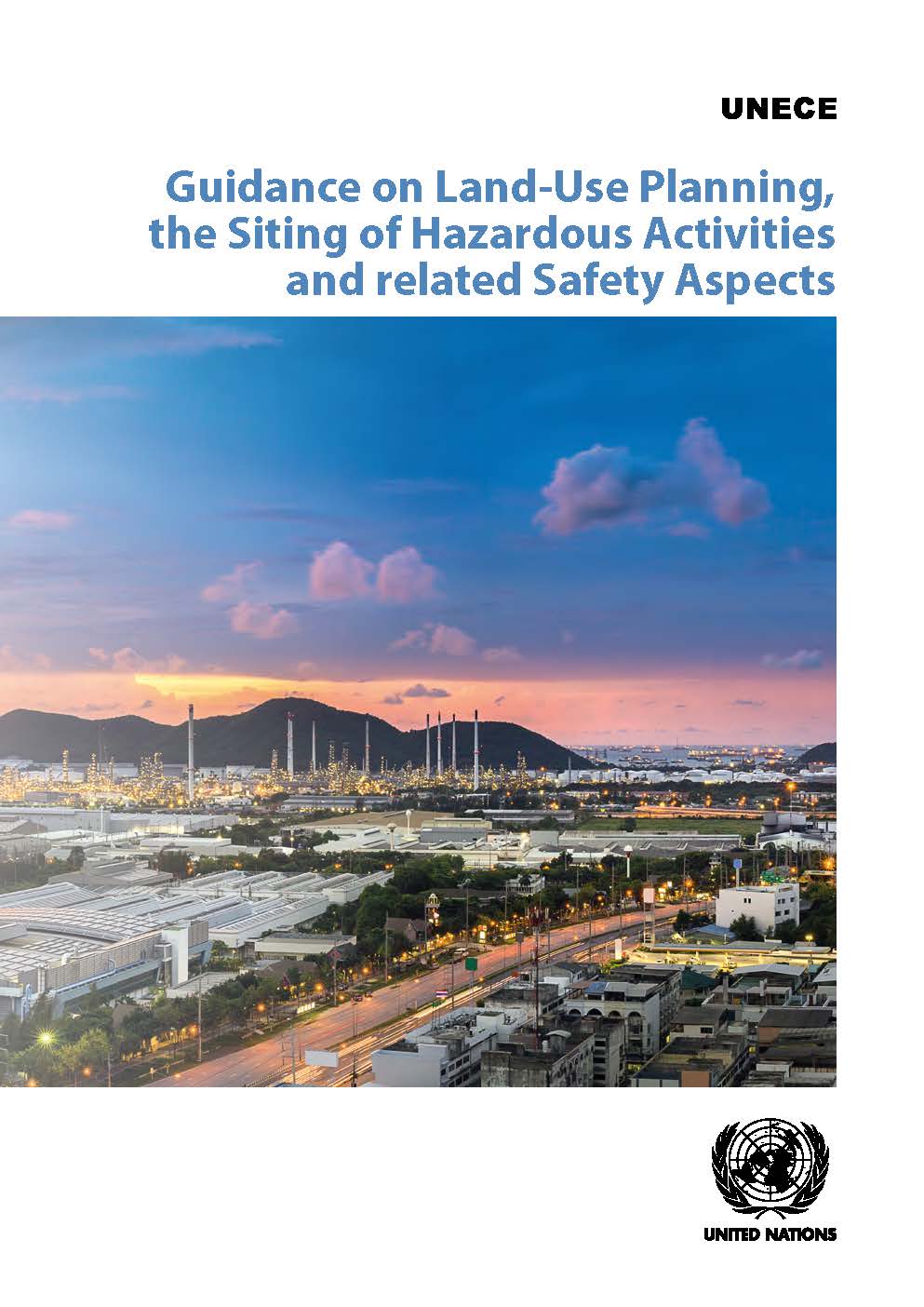Published:

 The Guidance on Land-Use Planning, the Siting of Hazardous Activities and related Safety Aspects has been developed in close cooperation with the constituencies under three legal instruments of the United Nations Economic Commission for Europe (UNECE) - the Convention on the Transboundary Effects of Industrial Accidents (Industrial Accidents Convention), the Convention on Environmental Impact Assessment in a Transboundary Context (Espoo Convention) and its Protocol on Strategic Environmental Assessment (Protocol on SEA) - with the support of the European Investment Bank, the EU Bank. The UNECE Committee for Housing and Land Management also contributed to the development of the guidance.
The Guidance on Land-Use Planning, the Siting of Hazardous Activities and related Safety Aspects has been developed in close cooperation with the constituencies under three legal instruments of the United Nations Economic Commission for Europe (UNECE) - the Convention on the Transboundary Effects of Industrial Accidents (Industrial Accidents Convention), the Convention on Environmental Impact Assessment in a Transboundary Context (Espoo Convention) and its Protocol on Strategic Environmental Assessment (Protocol on SEA) - with the support of the European Investment Bank, the EU Bank. The UNECE Committee for Housing and Land Management also contributed to the development of the guidance.The guidance aims to assist Parties in more effectively mitigating the effects of possible industrial accidents and the consequences on human health, the environment and cultural heritage within countries and across borders. The general guidance (Part A) does this by sharing examples and pointing to good practices of countries' efforts in the UNECE region to integrate industrial safety considerations into environmental assessment and land-use planning processes. It also highlights the important interlinkages, synergies and complementarities between these and other instruments, including the UNECE Convention on Access to Information, Public Participation in Decision-Making and Access to Justice in Environmental Matters (Aarhus Convention), aiming to assist competent authorities and practitioners in applying the provisions. This is supplemented by the technical guidance (Part B), which focuses on the risk aspects.
The Conference of the Parties to the Industrial Accidents Convention at its ninth meeting (Ljubljana, 28-30 November 2016) took note of the guidance (Parts A and B). The Meetings of the Parties to the Espoo Convention and its Protocol on SEA at their sessions held in Minsk, on 13-16 June 2017, endorsed the general guidance (Part A) and took note of the technical guidance (Part B). Recognizing the need to more effectively prevent and mitigate the effects of possible industrial accidents and the consequences to human health, the environment and cultural heritage within countries and across borders, the governing bodies encouraged countries to promote the implementation of the guidance among land-use planners, environmental assessment experts and industrial safety specialists
English version
French version
Russian version

